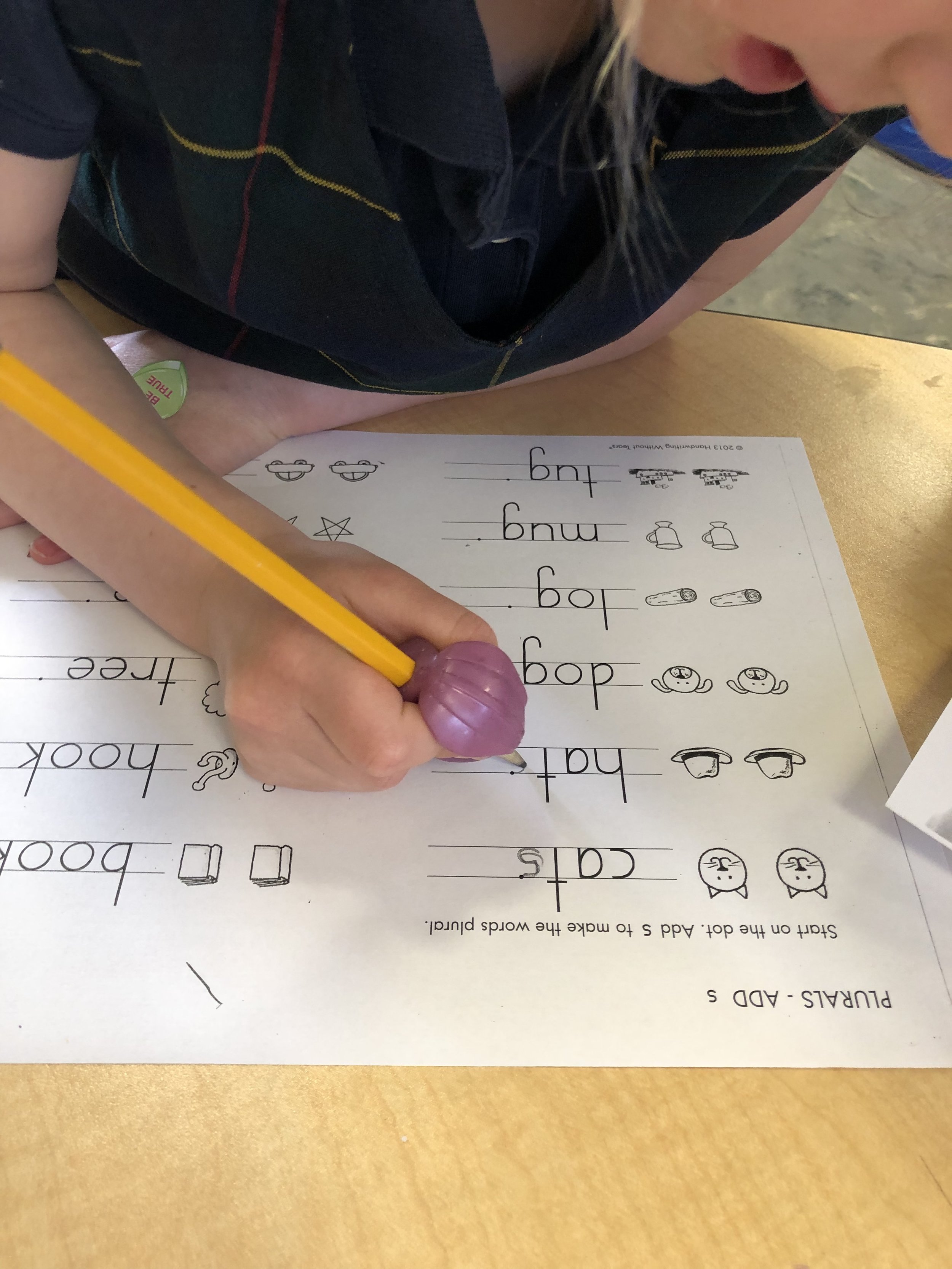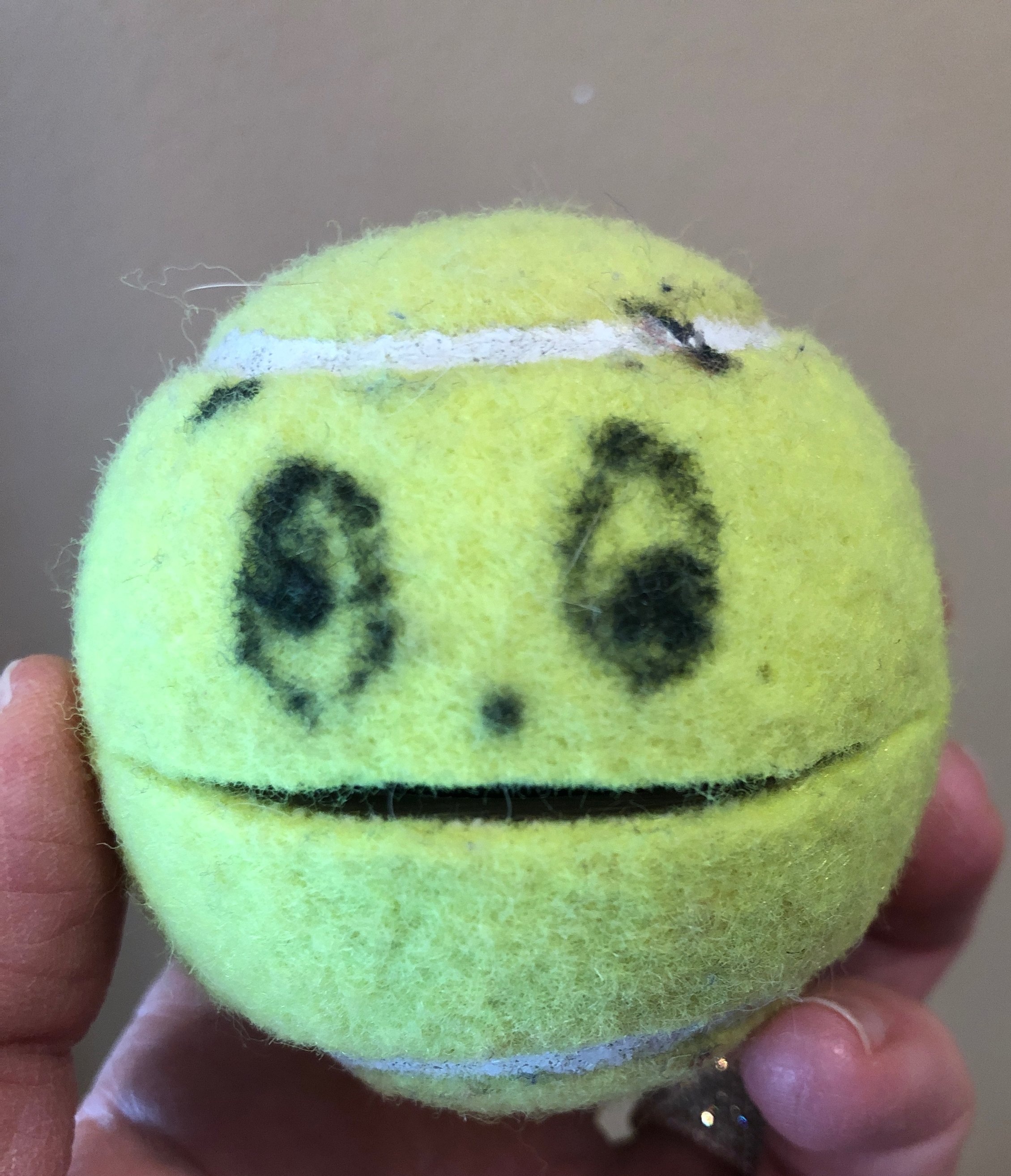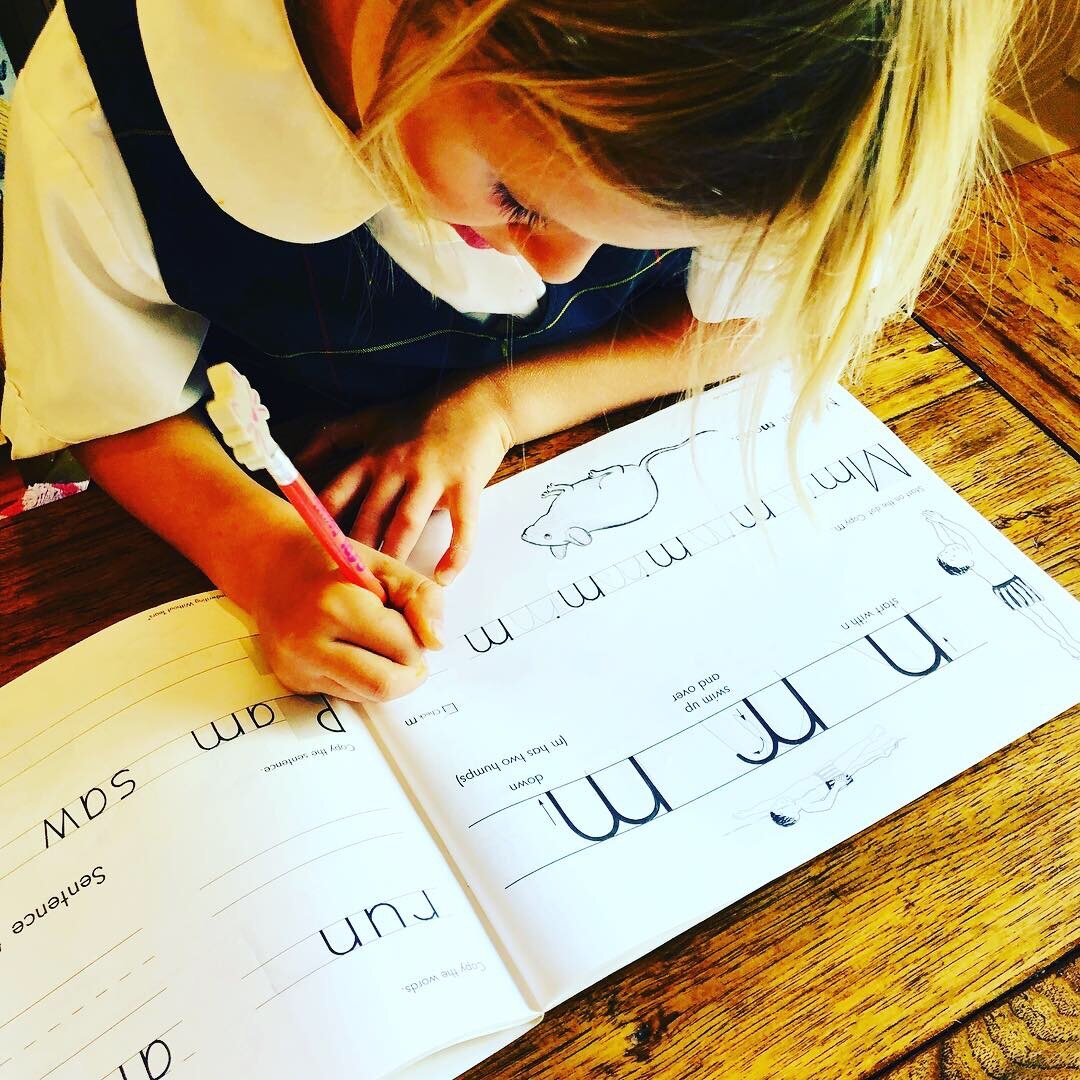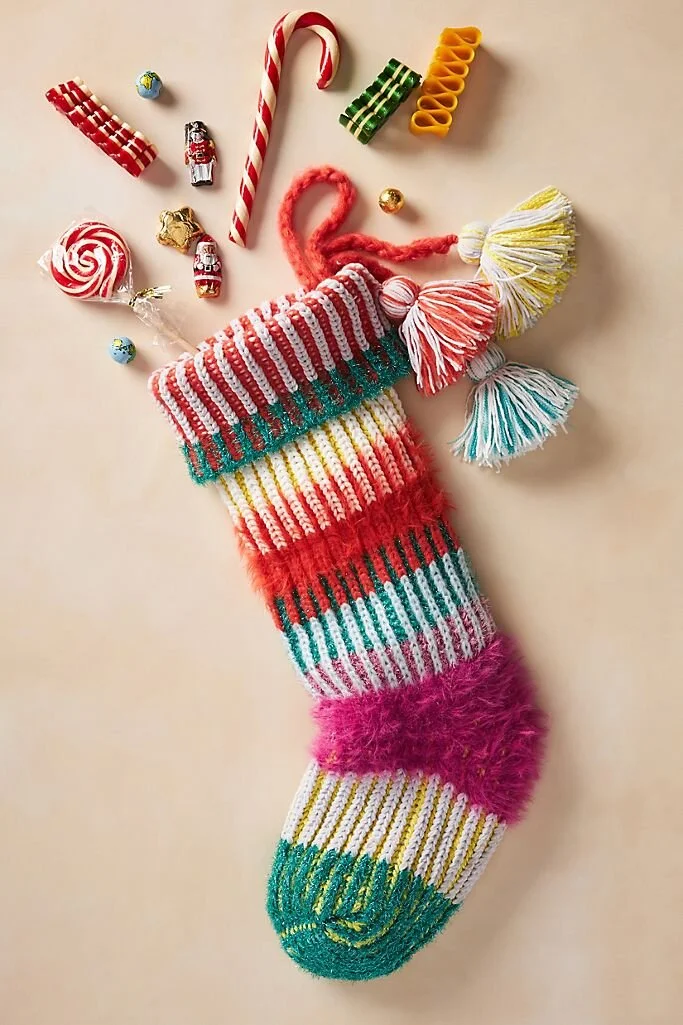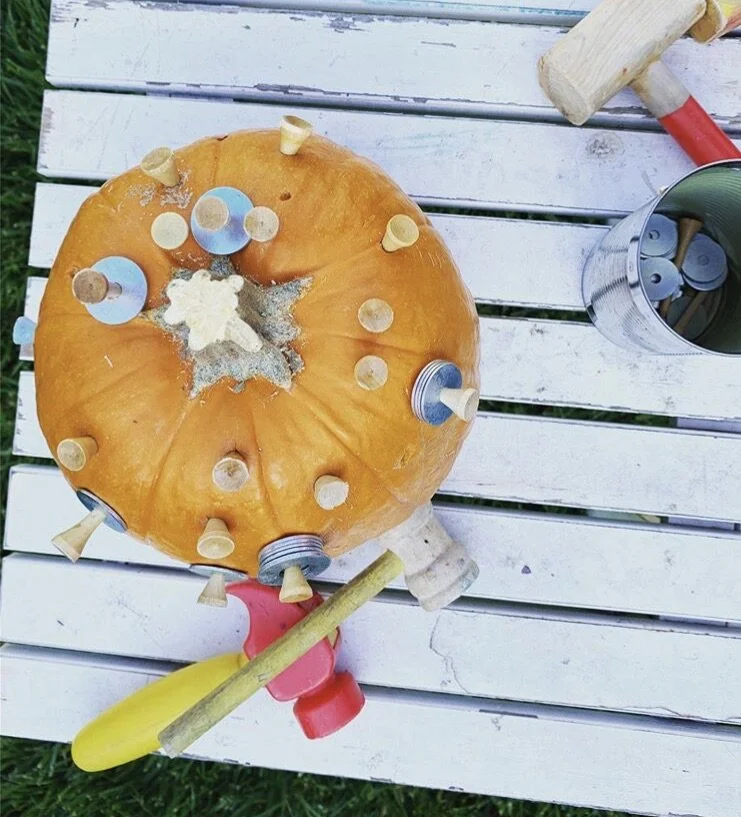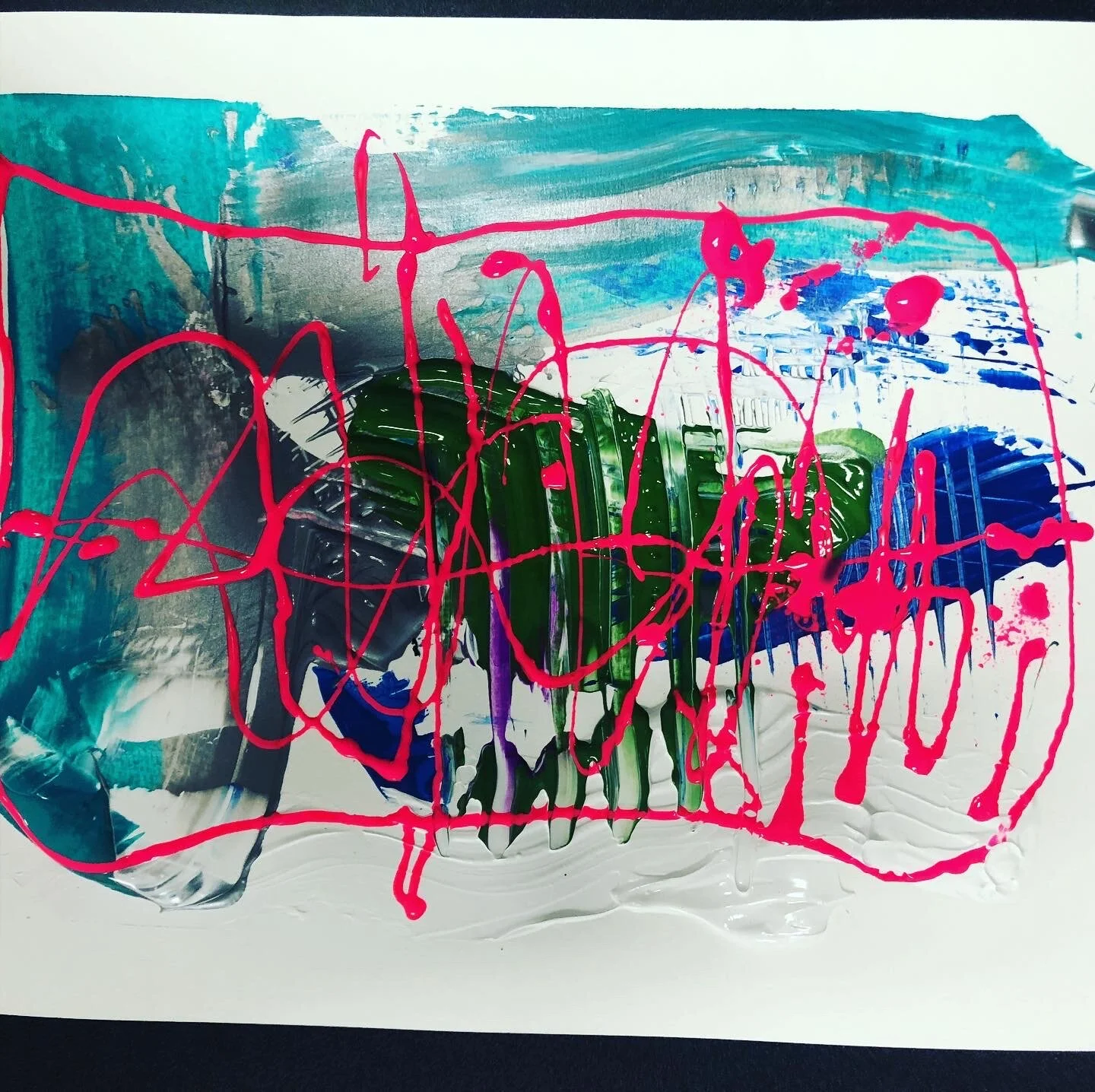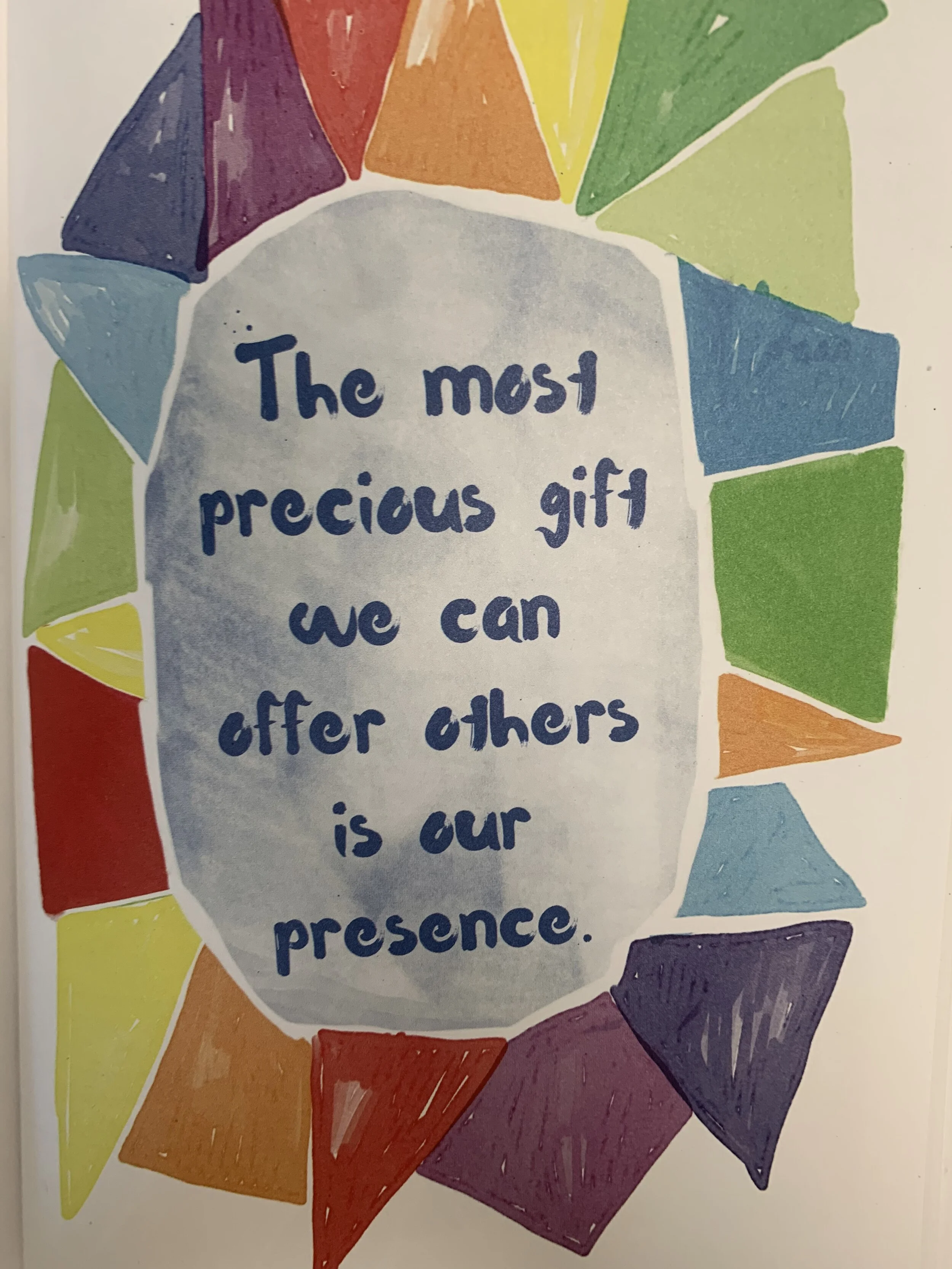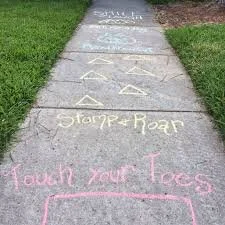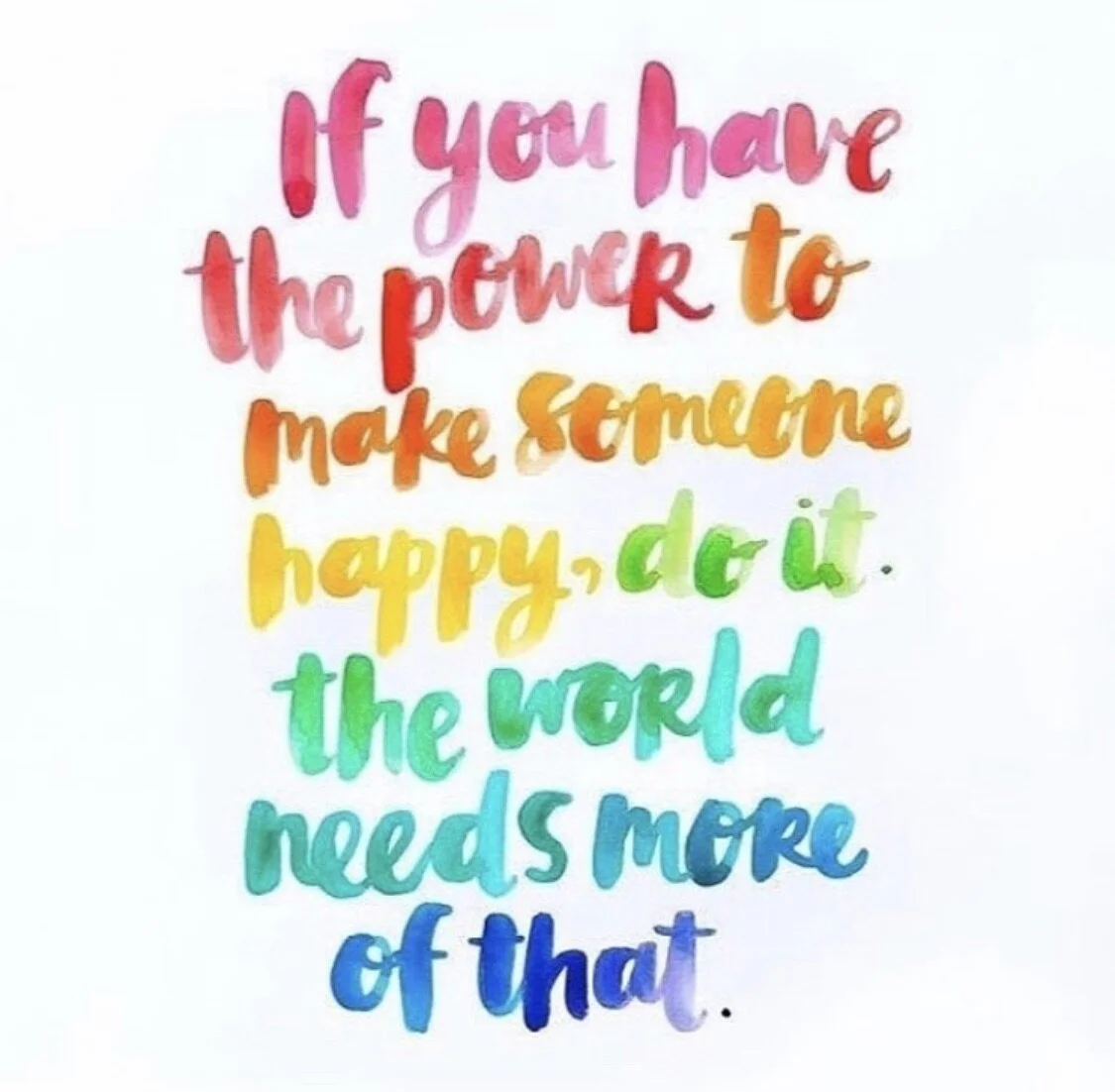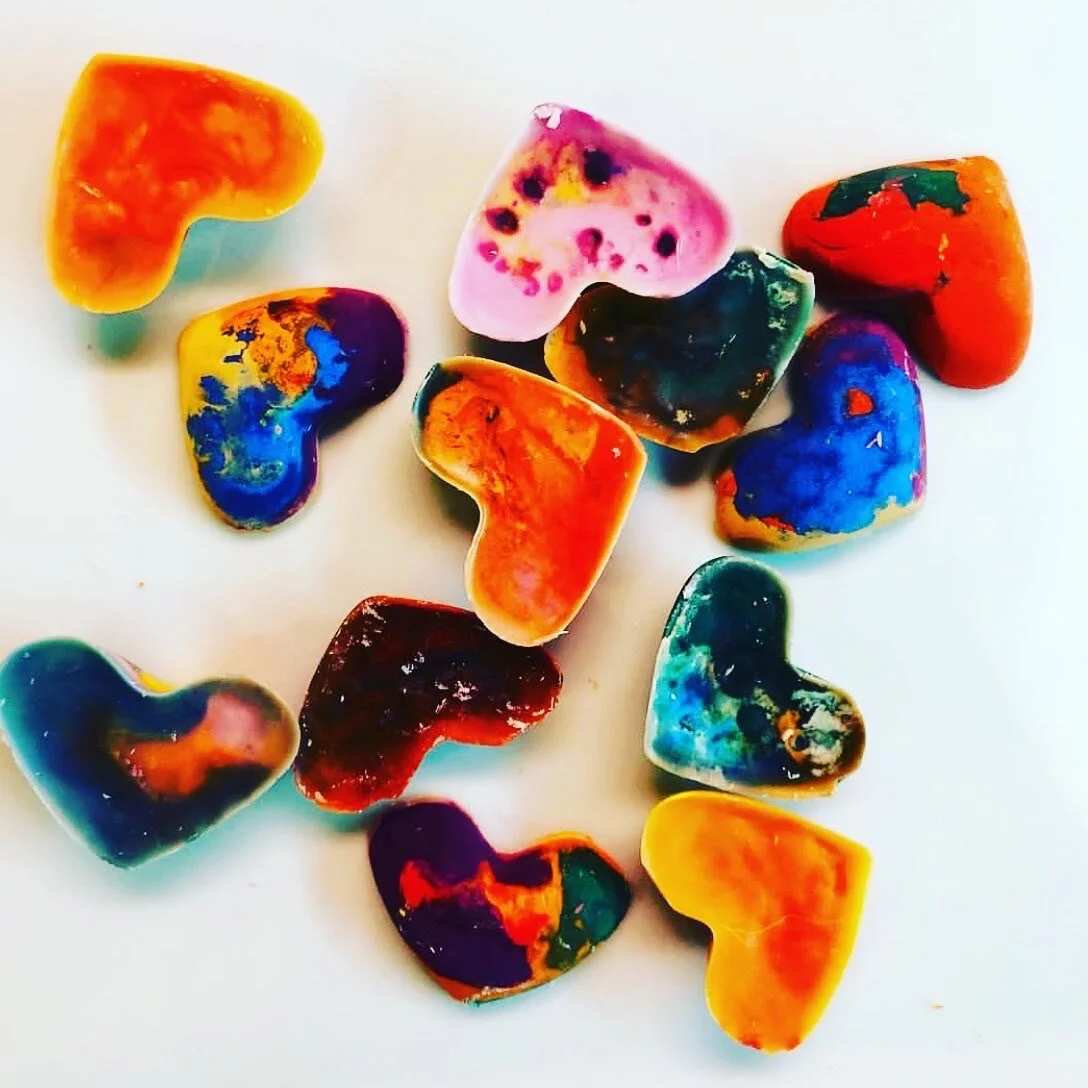You may walk into a classroom and see an assortment of pencil grips that children are using. Let me start by saying, a grip is not necessarily needed for all children. It may not even be needed if your child does not have a mature grip when writing. Let me explain a bit more…
Here is a depiction of what the developmental sequence of hand grasps looks likes. You may see a 2 year old pick up a crayon with a mature modified tripod grasp. Some children naturally adjust to this grasp very early on. The hope is that these grasp patterns develop naturally when children are interacting with a variety of materials, encouraged to touch and explore, self-feed, attempt to brush their teeth, use paintbrushes to paint, and crawl and weight -bear on their hands to develop the necessary hand strength and dexterity to eventually use a mature tripod grasp.
Cooking is a great way to work on a variety of hand grasps. You may see this pronated grasp or the cylindrical grasp. This is normal when strength is needed. It should not be used when a child is 3+ and attempting to write or draw.
Using a variety of materials for the 2 year old age group helps to develop grasp patterns that are age-appropriate. Small crayons or these crayons that help to develop a more mature grasp and deter a cylindrical grasp is preferred! I love both of these crayon options to encourage an open web-space as well as facilitating the fingers in a more extended way rather than on “normal” crayons that make it very easy for the cylindrical grasp.
Self-feeding both with just the fingers using a pincer grasp helps to develop the strength to use a mature tripod grasp on a writing tool when children are 3+. Using utensils helps to develop grasp patterns. I think it is super helpful to give kiddos a spoon to hold while you feed them to help decrease their tendency to reach for the one you are bringing fully loaded and BAM! there goes the food everywhere! Eventually then they begin to bring the spoon to their mouth independently very early on! Self-feeding with a pincer grasp (thumb and pointer/ index finger) helps to strengthen the webspace and the palmar arch. It also helps to prevent hyperextension of the thumb.
More on that later… keep reading…. :)
These bendable spoons were my favorites when the kids were small and learning to self-feed. You can bend it to accommodate the right or left hand.
You can see some of these developmental grasp patterns at work. This last picture is of my daughter, age 5. I actually introduced a pencil grip to her to try and loosen up the web space so her hand does not grip the pencil so tightly. This grip in the picture above, can lead to fatigue when she is older and required to write more words, longer sentences, and paragraphs. Interestingly, I write like this as well and definitely experienced fatigue when writing long compositions in elementary and high school (before computers were used for word processing! Just Where in the World is Carmen Sandiego!)
So that brings me to when a pencil grip can be helpful…..
You can see the more open web space and bent thumb which is a preferred way to write to decrease hand fatigue and hyperextending the thumb.
There is a plethora of pencil grips on the market. Knowing which one is appropriate for your child can be tricky so I’ll try to help guide you but if it does not seem to help once you try a few, then getting a consultation from an OT can be helpful to further decipher what is going on.
This Grotto Grip is my favorite to help encourage a bent thumb and open webspace if kiddos age 4.5+ are still using a cylindical grasp or hyperextending the thumb instead of bending it at the joint.
If your child is using a cylindrical/ palmar grasp at the age of 4 or shows very poor motor control such as lines being shaky, do not push them to write letters! They are simply not developmentally ready. I wrote about this point in my previous post about handwriting instruction. Now, that being said, if your child just loves letters and handwriting (remember, handwriting does not mean cursive- it refers to writing letters even in manuscript form) and you cannot stop them, use the appropriate writing utensils. The crayons posted above, sidewalk chalk, mini pencils (NOT fat pencils like almost ALL preschools and pre-k programs think are appropriate!).
Encourage making directional lines in a salt tray or shaving cream as a first step for ages 2-4. Once those are mastered by around age 3.5 and are not shaky when done with a pencil or crayon, then you can start to draw a person. This is an important first step to help children develop body awareness and crossing midline when writing and drawing. Encourage looking in the mirror first and talking about the things you see- a face, a body, two arms, two legs, the details of the face. If they draw a person lacking a body point out their tummy on them and that the arms and legs come from that, not the head. Drawing directional lines, shapes, and a person are all important to do before even attempting letter instruction. Motivation is a big component too and if your child clearly has no interest, the effort in teaching writing is futile. Instead, talk about letters you see, letter sounds you hear in their name, letters you see around the house every day. This will help to build interest first.
Many preschools will start to introduce letter writing with paper and pencil without thinking about if the child is developmentally ready and able to master the activities mentioned above. Instead of adopting a “by this age the child should ___” approach, I can’t emphasize enough how important it is to see where your child’s fine motor skills are developmentally. All Kindergartens are teaching letter instruction and writing without assessing the child’s hand strength. This is STILL an important factor. Hand strengthening activities should still be done such as using theraputty, play dough, yoga that involves bearing weight on the hands, animal walks such as doing the crab walk, monkey bars, and teaching skills like buttoning, Lite Brite and using tongs. You will know if your child lacks the proper hand strength if they have difficulty buttoning, opening containers, an irregular or immature grasp on the pencil, poor fine motor control (letters are shaky).
Tennis Ball man is always in my therapy bag! This is the best thing for hand strength- squeeze open his mouth and feed him pennies! Make sure that the thumb is bent rather than hyperextended when squeezing open!
So when should you intervene with writing and practice at home aside from what kids are learning at school?
I encourage practicing writing in an engaging and fun way for preschool and kindergartners - making letters in the sand at the park or beach, sidewalk chalk, in novel and unexpected ways. This added tactile component also helps strengthen motor memory. For older kiddos, I do recommend that practice happens at home in addition to at school if letters are being started at the bottom, are backwards, letter formation is their own “inventive” way, and if legibility is just not there in 1st or 2nd grade. When children do not practice writing and the task demands continue to grow throughout elementary school, children have more difficulty keeping up with the assignment. Children will then begin to dread writing assignments which accounts for close to 50-60% of the school day! When their frustration increases, performance decreases and with it, so does legibility and comprehension. There are so many ways to infuse writing activities into the day in a fun way. If your child has an irregular grasp at age 4/4.5, I encourage correcting it every time even when they are coloring. With the right materials, it should be easy for them to hold a crayon with an emerging tripod grasp. I also have a little OT trick… Have your kiddo hold a pom pom tucked into their palm with their pinky and ring finger so they are not able to put those fingers on the pencil or crayon!
If your child is switching hands when writing or coloring, they are likely avoiding crossing midline. If a child begins with the right hand and switches to color something on the left side of the paper I will remind them that they started with the other hand and have them switch back. When playing, strategically place items on one side of their body such that they must reach over, across their midline to the other side.
Tell me, what are your favorite ways to encourage and practice writing? What other questions do you have! Comment below! Helping you is why I love writing these posts…









